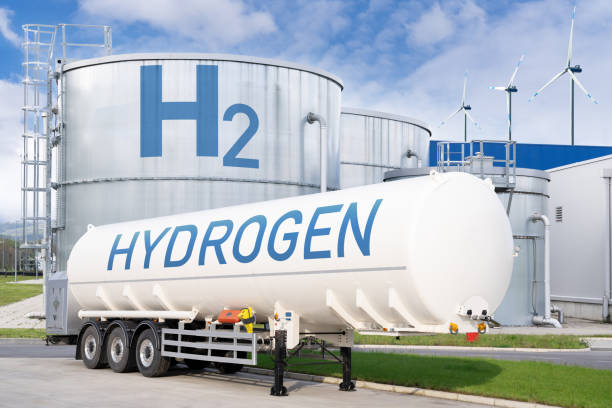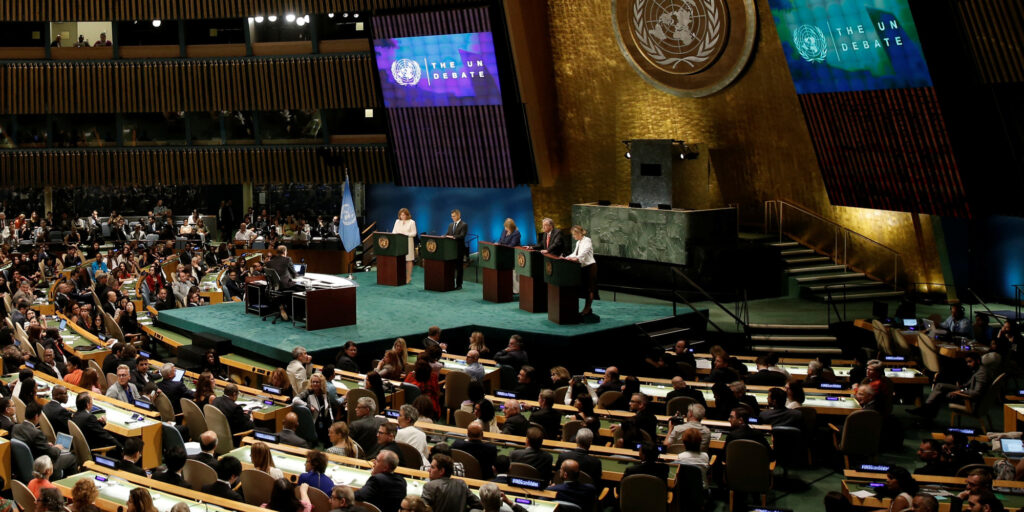The Nigerian power sector has witnessed several attempts by succeeding governments to achieve stability. The most recent attempt is President Bola Ahmed Tinubu’s enactment of the Electricity Act 2023 (EA). The EA marks a crucial step in establishing a comprehensive legal framework for Nigeria’s power industry. Fundamentally, the EA establishes a thorough legal and institutional framework for the Nigerian power industry in electricity generation, transmission, system operation, distribution, supply, trading, and consumer protection.
Before this, there was the 1999 attempt by the newly elected democratic government to rehabilitate the Nigerian power sector. This rehabilitation resulted in enacting the Electric Power Sector Reform (EPSRA) Act of 2005, which the new EA repeals. The EPSRA birthed the statutory basis for the privatization of the power sector. A key step in this plan was the setup of the Power Holding Company of Nigeria (PHCN), subsequently unbundled into eighteen successor companies in 2013. Although PHCN was created to address the electricity deficit in the country, electricity access in Nigeria remained one of the lowest in Africa and the world.
Some of the challenges of the EPSRA included poor operational performance, a lack of foreign investment, the absence of a long-term power development strategy, no attention to renewable energy exploitation and the inadequate implementation of reforms. These are some challenges the EA is set to address if properly implemented. The EA highlights significant provisions, including cooperation between regulatory commissions, state electricity markets, legal consequences for electricity-related offences, emphasis on clean and sustainable energy, clear regulatory power division, and establishment of an Integrated National Electricity Policy.
The efficacy of every legislation lies mainly in its implementation. The ambitious provisions in the Act aim to establish an ideal electricity market in Nigeria. Nevertheless, it can disrupt the Nigerian Electricity Supply Industry (NESI) if ineffective. Therefore, capacity building and education are needed at varying levels of the electricity value chain to ensure success. The creation of state electricity markets will need to be structured cohesively to attract investments. The concern around the technical and financial ability of the various state regulators that will be created needs to be addressed to regulate these markets properly. The daunting question is: Will there be enough resources to do this in the short and medium term? These are some of the dimensions that states need to consider.
The reforms in the EA are unlikely to be successful unless there is clarity on what the provisions of the EA are intended to achieve. Such clarity is needed to identify, for example, how the states exercise their powers, how existing national entities and citizens should adapt and respond, what the dangers are, how they should be mitigated, and what obligations. The highlights above spell out a need to close all gaps that hinder the seamless implementation of this Act to avoid misinterpretation, the risk of overregulation, and potential conflicts between the objectives of the Act.
Finally, the importance of stakeholder engagement in Implementing the Electricity Act 2023 cannot be overstated. Relevant bodies must convene key actors together, address the existing challenges, and plan the implementation of the provisions of the Act. These actions should also include conducting knowledge-sharing sessions with countries like the United States and India, which have similar jurisdictions and multi-tier regulatory oversight on the energy sector. The EA, like every other legislation, is not perfect. However, The Act is a stride towards achieving a well-functioning power sector that meets the needs of consumers and promotes sustainable growth.



